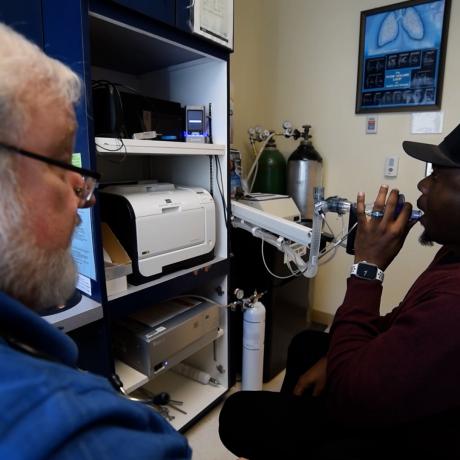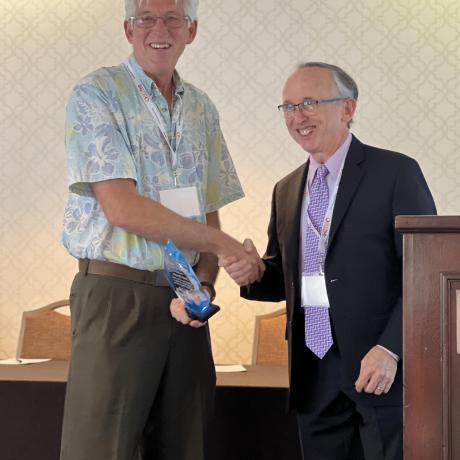The National Rural Health Resource Center today released Building a Sustainable Rural Health Workforce for the 21st Century: A Report of the 2024 Rural Health Workforce Summit, which offers recommendations and practical strategies to address current and anticipated workforce challenges being felt by the country’s rural health care organizations and communities.
The report, a product of the May 2024 Rural Health Workforce Summit hosted by the Technical Assistance and Services Center, a program of the National Rural Health Resource Center (The Center), in collaboration with the Health Resources and Services Administration’s Federal Office of Rural Health Policy, presents a framework that staff from state Medicare Rural Hospital Flexibility (Flex) Programs and other rural partners can use as they support and guide critical access hospitals, rural health clinics, other rural health care providers and rural communities in efforts to address health workforce challenges.
Each of the report’s four key strategies to build, grow and retain the rural health workforce — Innovate and Expand New and Existing Workforce Roles to Meet Consumer and Health Care Organization Needs, Build Partnerships and Networks to Develop Collaborative Workforce Solutions, Leverage Technology to Improve Access and Health Equity, and Maximize Collaboration with Educational Institutions to Build the Future Rural Health Workforce Pathway — include specific and practical actions that can be adopted and implemented to address workforce shortages.
Recommended actions include, among other things, expanding the scope and capabilities of current health care workers through micro-credentials and certificate programs, sharing workforce expertise among organizations, embracing telehealth to provide additional services, and partnering with elementary, middle and high schools, as well as post-secondary institutions, to build the future workforce. While some of the recommendations can be completed in-house by rural health organizations, others require local and regional partnerships and collaboration.
“There is no one-size-fits-all approach to solving the country’s rural health workforce challenges,” said Tracy Morton, The Center’s director of population health. “But the strategies proposed by the summit’s participants and included in this report offer a range of well-thought-out possibilities — many of which are based on successful initiatives already underway across the country — that can be scaled up in other communities and can help to make a meaningful impact on workforce shortage challenges.”
Building a Sustainable Rural Health Workforce for the 21st Century includes discussions of workforce equity, the impact of broadband expansion on rural communities, and the need for rural health organizations to develop a workforce pathway strategy. Brief profiles of the types of health care professionals who can fill the gaps created by the lack of more traditional providers in rural communities are also included in the report. In addition, the report contains a list of the suggested roles that state Flex Program staff can play in helping to advance workforce strategies.
The report’s recommendations are grounded in three principles that are central to the success of most rural-based health workforce initiatives: the importance of community, the role of rural ingenuity and planning an alignment to payment.
Participants in the two-day summit, held in Bloomington, Minnesota, on May 15-16, 2024, included nearly two-dozen national rural health workforce experts from across the country representing health care systems, research centers, national associations, federal agencies, state Flex Programs and other health-related organizations.
The report can be found at https://www.ruralcenter.org/resources/building-sustainable-rural-health-workforce.





